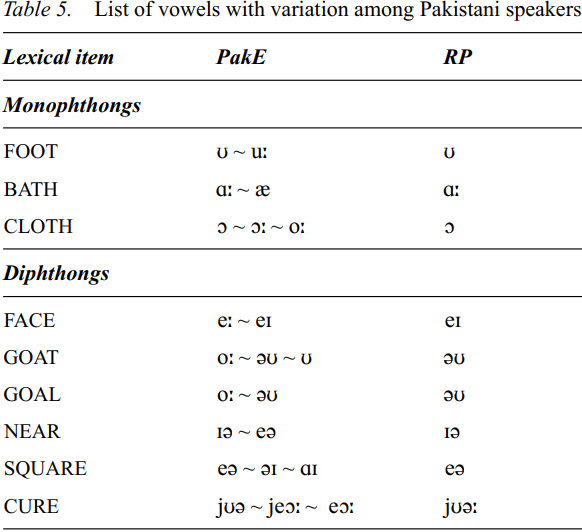

Grammar


Tenses


Present

Present Simple

Present Continuous

Present Perfect

Present Perfect Continuous


Past

Past Continuous

Past Perfect

Past Perfect Continuous

Past Simple


Future

Future Simple

Future Continuous

Future Perfect

Future Perfect Continuous

Passive and Active


Parts Of Speech


Nouns

Countable and uncountable nouns

Verbal nouns

Singular and Plural nouns

Proper nouns

Nouns gender

Nouns definition

Concrete nouns

Abstract nouns

Common nouns

Collective nouns

Definition Of Nouns


Verbs

Stative and dynamic verbs

Finite and nonfinite verbs

To be verbs

Transitive and intransitive verbs

Auxiliary verbs

Modal verbs

Regular and irregular verbs

Action verbs


Adverbs

Relative adverbs

Interrogative adverbs

Adverbs of time

Adverbs of place

Adverbs of reason

Adverbs of quantity

Adverbs of manner

Adverbs of frequency

Adverbs of affirmation


Adjectives

Quantitative adjective

Proper adjective

Possessive adjective

Numeral adjective

Interrogative adjective

Distributive adjective

Descriptive adjective

Demonstrative adjective


Pronouns

Subject pronoun

Relative pronoun

Reflexive pronoun

Reciprocal pronoun

Possessive pronoun

Personal pronoun

Interrogative pronoun

Indefinite pronoun

Emphatic pronoun

Distributive pronoun

Demonstrative pronoun


Pre Position


Preposition by function

Time preposition

Reason preposition

Possession preposition

Place preposition

Phrases preposition

Origin preposition

Measure preposition

Direction preposition

Contrast preposition

Agent preposition


Preposition by construction

Simple preposition

Phrase preposition

Double preposition

Compound preposition


Conjunctions

Subordinating conjunction

Correlative conjunction

Coordinating conjunction

Conjunctive adverbs


Interjections

Express calling interjection


Grammar Rules

Preference

Requests and offers

wishes

Be used to

Some and any

Could have done

Describing people

Giving advices

Possession

Comparative and superlative

Giving Reason

Making Suggestions

Apologizing

Forming questions

Since and for

Directions

Obligation

Adverbials

invitation

Articles

Imaginary condition

Zero conditional

First conditional

Second conditional

Third conditional

Reported speech


Linguistics

Phonetics

Phonology


Semantics


Pragmatics

Linguistics fields

Syntax

Morphology

Semantics

pragmatics

History

Writing

Grammar

Phonetics and Phonology

Semiotics


Reading Comprehension

Elementary

Intermediate

Advanced


Teaching Methods

Teaching Strategies
Group 2: vowels exhibiting variation
المؤلف:
Ahmar Mahboob and Nadra Huma Ahmar
المصدر:
A Handbook Of Varieties Of English Phonology
الجزء والصفحة:
1009-59
2024-06-11
892
Group 2: vowels exhibiting variation
There was some variation in the vowels in this group as realized by Pakistani speakers. These vowels are again grouped within the chart as monophthongs and diphthongs and are listed in Table 5 below. While this paper documents variation in the realization of these vowels in PakE (of native speakers of Urdu), the range and distribution of these variations within the community has not been examined.

The vowel in FOOT varies between a lax mid-high rounded back vowel, [ʊ] , and a tense high rounded back vowel, [u:]. The vowel in BATH varies between a tense low back vowel, [ɑ:], and a lax low front vowel, [æ]. The vowel in CLOTH is realized as a tense mid back vowel, [ɔ:] , a tense mid-high back vowel, [o:], or a lax mid back vowel [ɔ]. In all the three cases here, it appears that the vowels vary between a tense and a lax form. In addition, another commonality between the pronunciations of these three words is that, while some speakers of PakE use the same vowel as in RP, others have a slightly raised variant.
The diphthongs in FACE, GOAT, and GOAL in PakE vary between a diphthong and a monophthong. Whereas Rahman (1990: 25–26 and 90) suggests that monophthongisation is a general characteristic (especially in case of [eɪ] → [e:]) of PakE, data here shows that there is variation across speakers. In all three cases, two speakers (the same ones) use a diphthong while the other four use a monophthong.
The diphthongs and triphthongs in SQUARE and CURE respectively vary between being centring and closing. The centring diphthong in NEAR varies in its point of origin. One of them starts from a mid-high vowel, [ɪ] , and the other from a mid-low vowel, [e].















 قسم الشؤون الفكرية يصدر مجموعة قصصية بعنوان (قلوب بلا مأوى)
قسم الشؤون الفكرية يصدر مجموعة قصصية بعنوان (قلوب بلا مأوى) قسم الشؤون الفكرية يصدر مجموعة قصصية بعنوان (قلوب بلا مأوى)
قسم الشؤون الفكرية يصدر مجموعة قصصية بعنوان (قلوب بلا مأوى) قسم الشؤون الفكرية يصدر كتاب (سر الرضا) ضمن سلسلة (نمط الحياة)
قسم الشؤون الفكرية يصدر كتاب (سر الرضا) ضمن سلسلة (نمط الحياة)

















